Gender Equality in the EU
Gender Equality Index score is 67.9 points. It has grown by only 0.5 points since 2017 and by 4.1 points since 2010
Challenges:
The largest gender inequalities are observed in the domain of power.
The domain of power is also the major driving factor behind gender equality progress in almost all of the Member States in the long term
In the domain of work there’s a persistent gender segregation across occupations
Since 2010, the gender gap in earnings has increased in 17 Member States, while the gender gap in income has gone up in 19 Member States
In the domain of knowledge there’s a persistent gender segregation in different fields of study in tertiary education
The score for the domain of knowledge (63.6 points) has remained virtually unchanged since 2017 and improved only fractionally (1.8 points) since 2010
Young women and men are the most digitally skilled generation and benefit equally from basic and above basic digital skills. At a later age, the gender divide is widening
Despite the high demand for ICT skills in the labour market, only 20 % of graduates in ICT-related fields are women and the share of women in ICT jobs is 18 %
Gender gap exists among scientists and engineers
Despite earning more than other female workers, women in ICT have lower monthly earnings than men
In 2014 in the EU, the gender pay gap among ICT professionals and technicians was 11 %. This is among the lowest occupational gender pay gaps across all sectors
Smaller gender pay gaps in occupations with very few women employees may not necessarily point to gender-equal opportunities but, rather, to large differences in educational qualifications (and thus pay) among the average employed women and men.
Opportunities:
Women are underrepresented among platform workers, accounting for about one third of this workforce
Some forms of platform work are highly flexible and provide important opportunities to combine paid work with unpaid care responsibilities. However, such opportunities do not seem to challenge the unequal distribution of unpaid work per se, and in some cases may even reinforce it
Policy literature has little to say about the implications of new platform work opportunities for gender equality. We need to improve research and data collection
Platform work can be an opportunity to increase the participation of women in the labour force and autonomy in terms of their workplace and schedule
Boys tend to overestimate their performance and abilities, while girls underestimate both. There’s the necessity to create a positive perceptions of technological self-efficacy
Automating some routine tasks can free up more time for tasks requiring interpersonal, creative or advanced ICT skills. An opportunity to up-skill certain low-paid jobs held by women and perhaps even achieve higher wages and reduced pay gaps
It’s necessary to improve the educational qualifications among women in ICT sectors
Gender Equality in Latin America
On average, the eight regions assessed by the report have closed between 60.5% and 76.7%. Latin America and the Caribbean region has closed 72.1% of its gender gap so far, progressing 1 percentage point since last year. At the current pace, gender gaps can potentially be closed in 59 years.
Performance:
Latin America is the most improved region. It has reduced its gaps by 1.4 percentage points.
The performance has been driven by a significant reduction of political empowerment gaps (+5.0 points compared to the 2018 edition)
On average, best performer Nicaragua (80.4%)
On average, lowest performer Guatemala (66.6%)
Sub-index Health and Survival à All countries are well-positioned. 13 countries have achieved full gender parity, and even the least-performing country in the region (Suriname) has closed almost 97% of its gender gap
Gender parity in the sub-index Educational Attainment à 11 countries have closed this gap and it is above 96.7% in all other countries, including the least-performing (Guatemala)
Challenges and opportunities:
Only 47% of Mexican women are in the labour market, corresponding to a ratio between women and men of 57%.
In Guatemala, 43% of women are actively engaged in the labour market, corresponding to a ratio of 49.5% relative to men’s participation.
In other large economies in the region, women are relatively more active: in Brazil and Colombia over 60% of women are in the labour market and in Argentina, 57%
Income disparities among genders remain wide and four countries (Argentina, Guatemala, Suriname and Mexico) have closed between 46% and 50% of their income gender gap so far, and even the best performer, Nicaragua, has yet to close over 32% of its gap.
Political empowerment gaps are also large in many countries of the region à recent fast progress in Costa Rica and Mexico has allowed these countries to join Nicaragua as the group of countries that have closed at least 46% of the gap on this subindex.
Major example:
Brazil ranks 92nd with an overall score of 69.1%.
It has closed 69% of its overall gender gap, up to one percentage point from the previous edition.
It has one of Latin America’s largest gender gaps, ranking 22nd out of 25 countries in the region, and almost 90 places behind Nicaragua (80.4%, 5th), the region’s best performer.
It has closed both the educational and health gender gaps.
There is perfect gender parity in literacy rate (93%) and primary education (95%), and a larger proportion of women than men are enrolled in both secondary and tertiary education, where there are 140 female students for every 100 male students.
Women can expect to live five years more than men in good health
The economic gender gap remains wide but has narrowed over the past year (score of 69.1%, 92nd)
Resources
Gender Equality Index 2020: Digitalisation and the future of work



